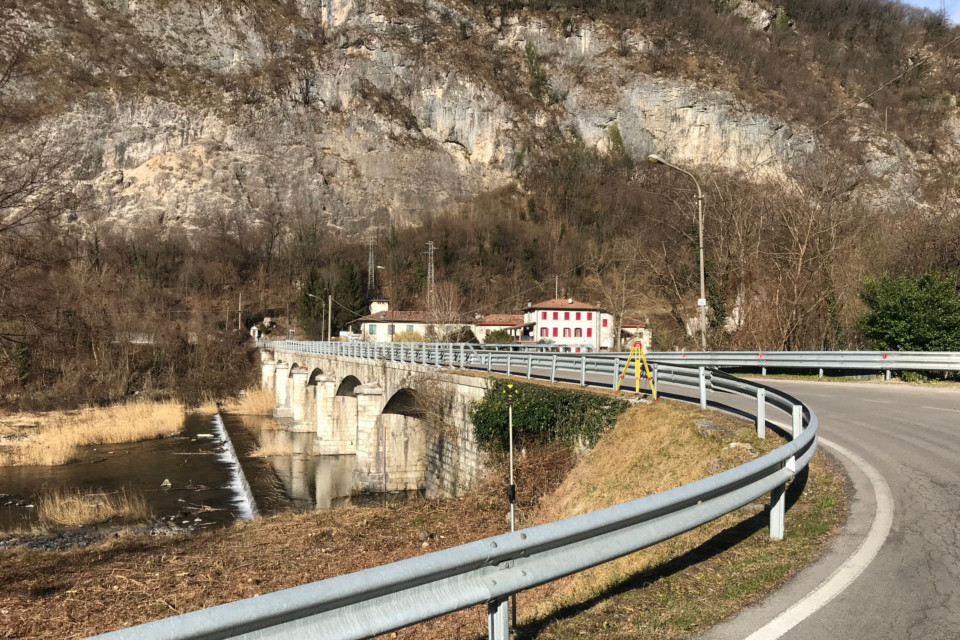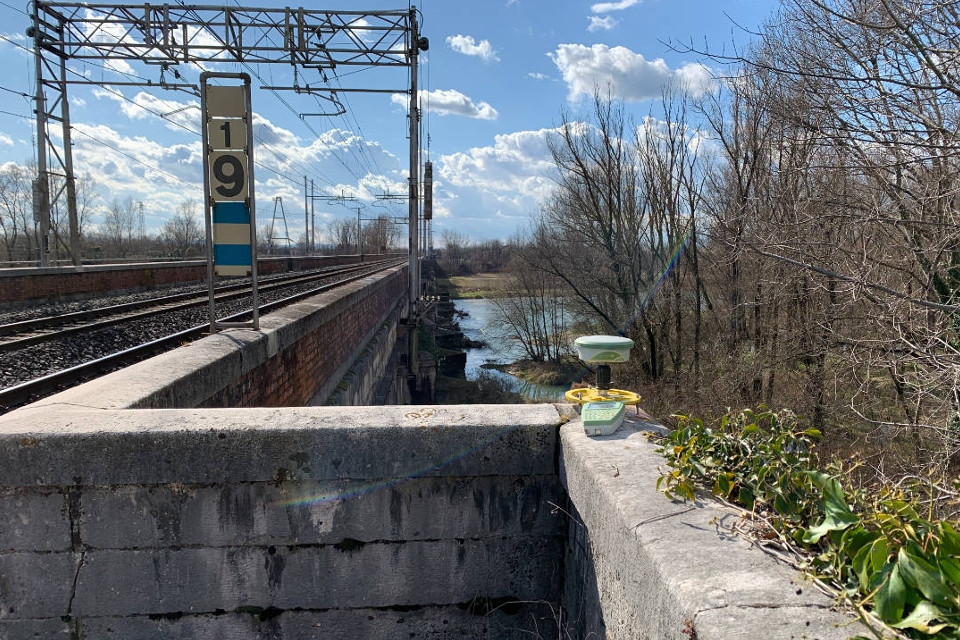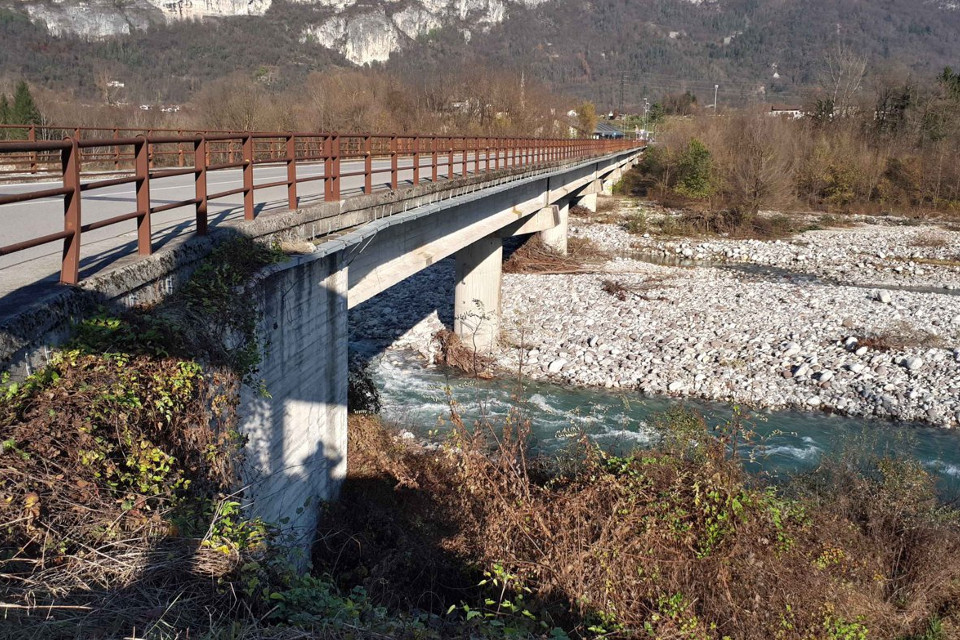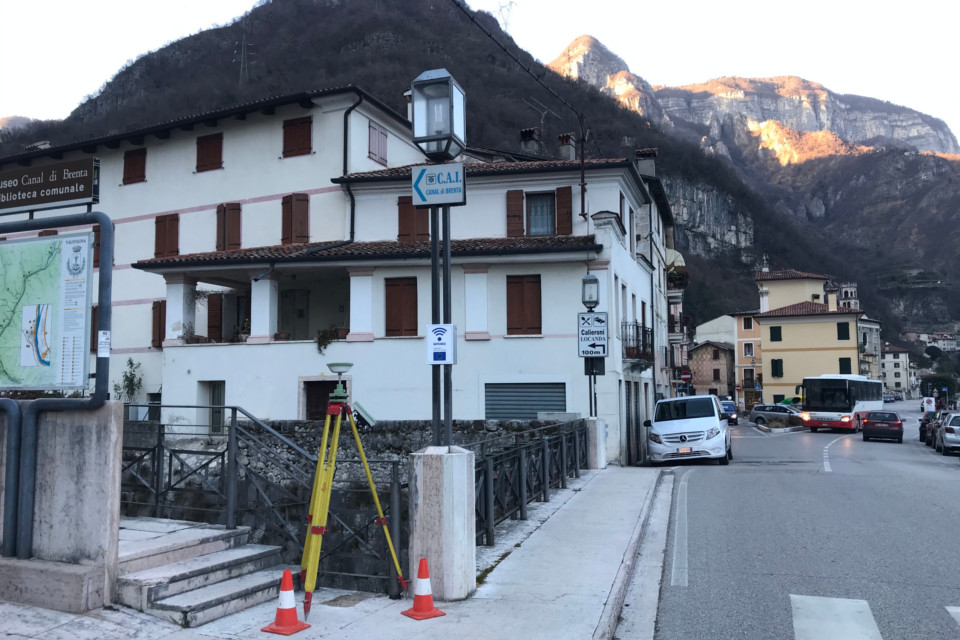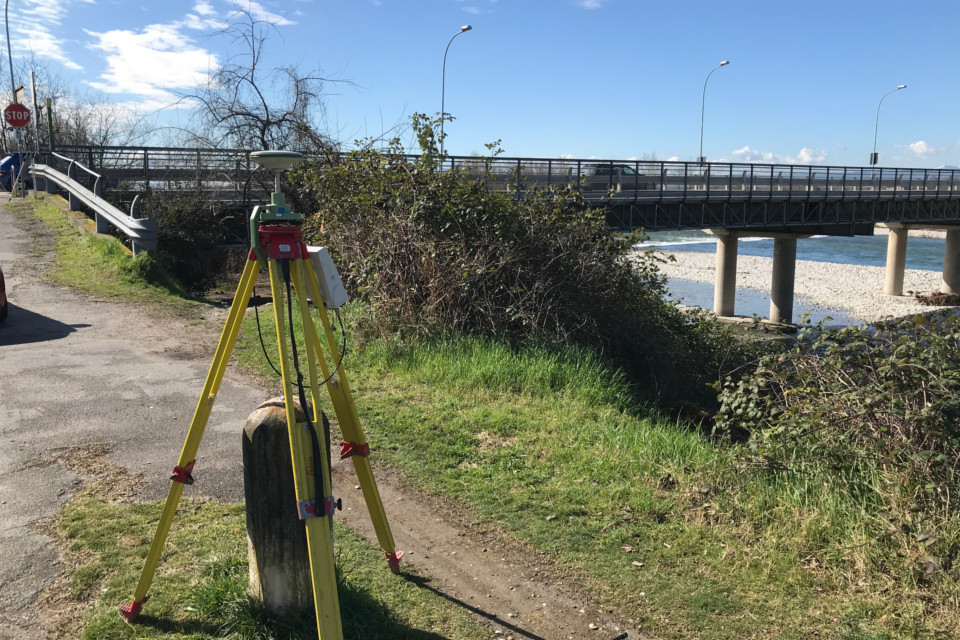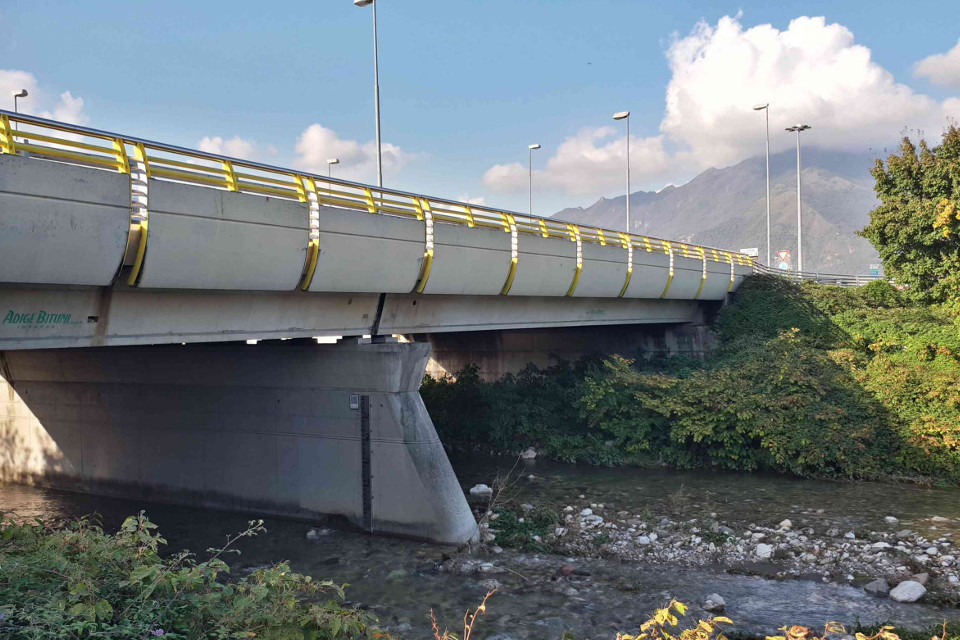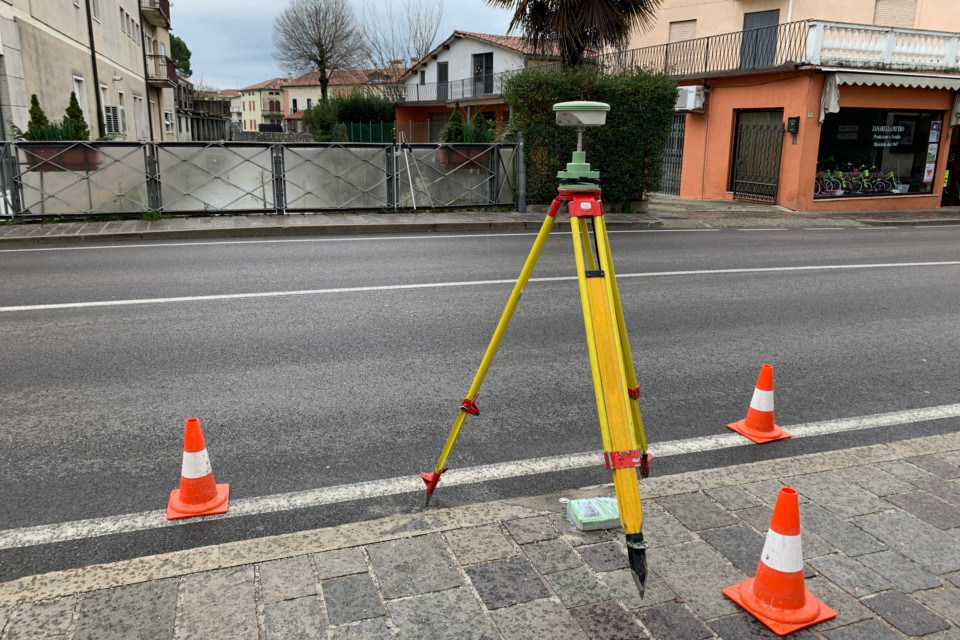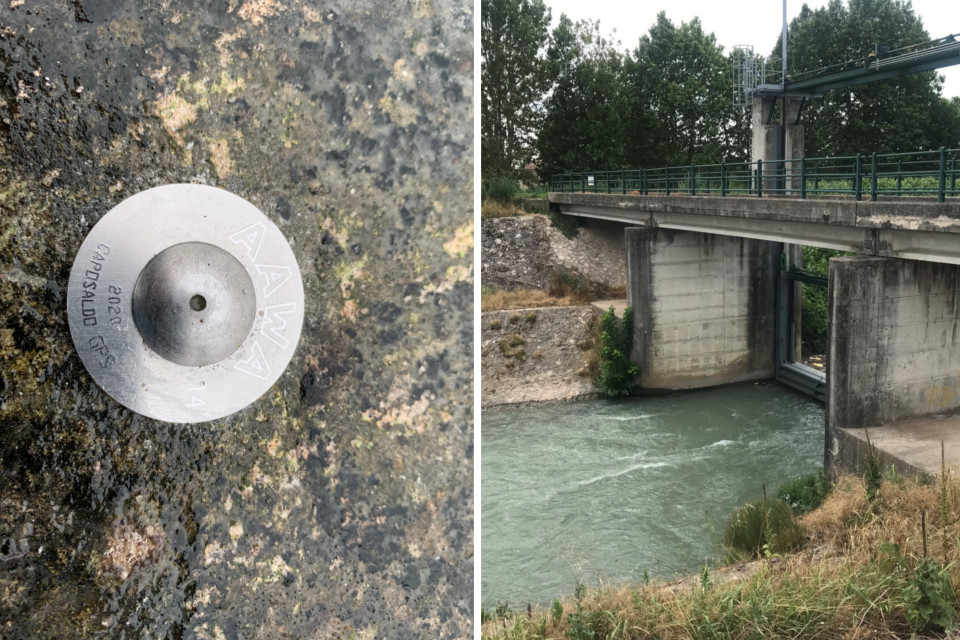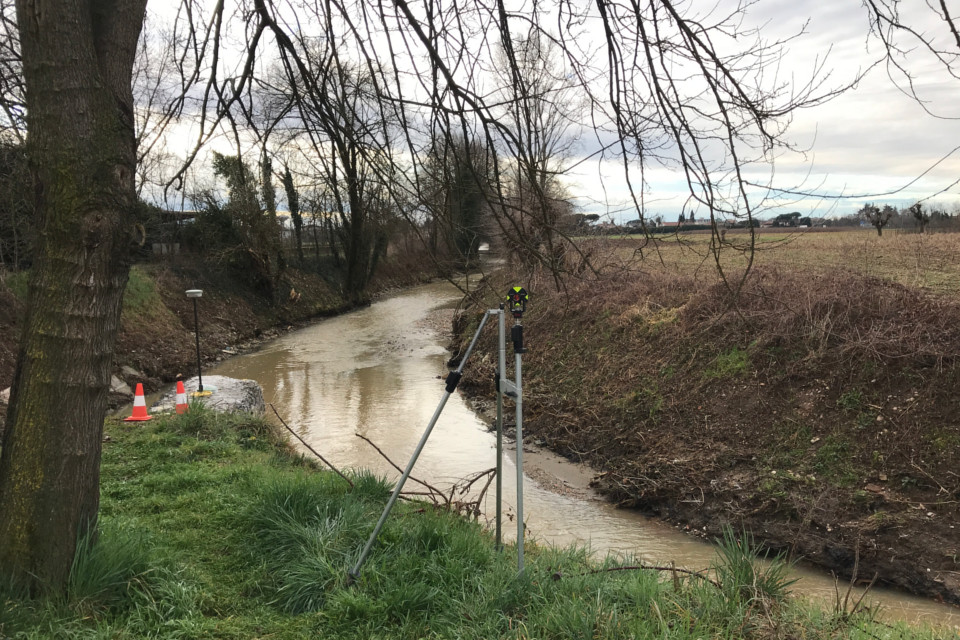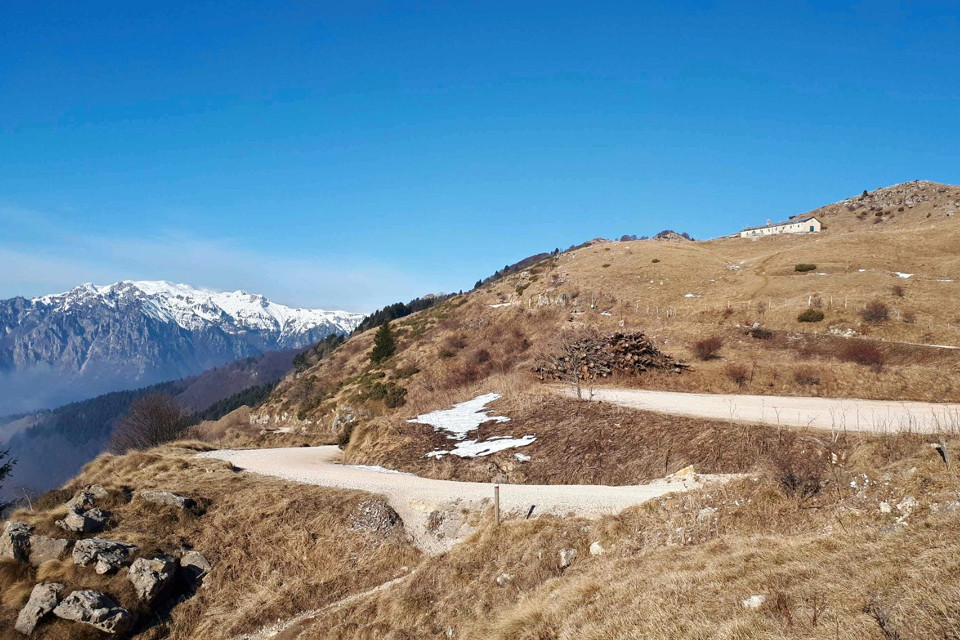The implementation of the Citizen’s Observatory begins
March 2020
CAE in JV with CONIT (Permanent Technological Innovation Consortium) and Tech Rain, has won a tender launched by the Eastern Alps Hydrographic District, Brenta-Bacchiglione Basin, for the supply of a hydro-thermo-pluviometric monitoring network, the relevant maintenance services and the development of a web and mobile platform.
The creation of the network and the platform will allow the implementation and management of the Citizen’s Observatory on the Brenta-Bacchiglione UOM (Unit of Management). The Citizen’s Observatory will have a modular structure and will allow to acquire data from different sources and to homogenize them to make them available to all the modules of the project that will allow their management, processing, validation and publication. The platform will also integrate criticality reports from citizens and Authorities; information related to the management of volunteers and registered users’s data will be stored in special sections. The Administrator will have the ability to configure the system, by integrating external services and regulating access to individual features and sections, as well as by restricting them to particular groups of users.
Mainly, the platform will allow to coordinate the activities of volunteers and rescuers and will provide support to citizens and Authorities in managing behaviours during the alert or emergency phases.
Particularly, CAE will be responsible of the creation of the hydro-thermo-pluviometric monitoring network providing the data to be published on the platform.
20 monitoring stations with Mhaster datalogger will be provided. The stations will be able to implement local alert measures and send notifications when preconfigured alert conditions occur. Such actions can be configured as consequences of complex sets of conditions.
Particularly, 12 hydrometric stations equipped with LPR radar sensorsand 8 thermo-pluviometric stations equipped with THS thermo-hygrometer and PG2R heated rain gauges will be implemented. These devices are meant to detect snowfall, in addition to liquid rainfall, and to melt it. PG2R distinguishes itself from other products on the market because, despite the heaters, it does not require mains electric power, as it is able to operate with the only aid of battery and solar panel.
Moreover, 64 sites will be provided with hydrometric and nivometric staff gauges. Numbered cornerstones will be provided for each of them, with seal as per description of the commissioning body. For their positioning, 1" static and differential GPS surveys will be performed and the relative monographs will be provided.
The supply of this system will be followed by the maintenance service, both in the field and remotely, in order to keep guaranteeing the maximum efficiency of the individual components and of the whole network over time.
The system will be completed by the construction of a control centre, at the headquarters of the institution in Trento, which will have the task of acquiring and centralizing all the data collected (from automatic stations and citizen’s reports) and to allow experts to take appropriate measures in case of emergencies, through the use of special platforms developed by the JV.
Back to the news index

